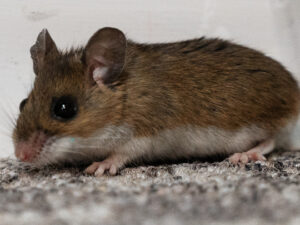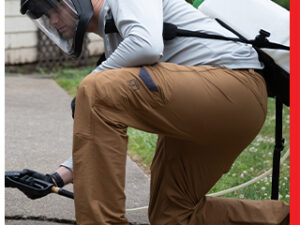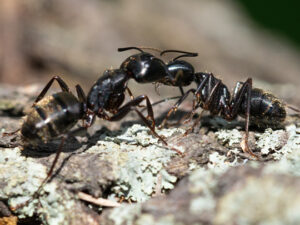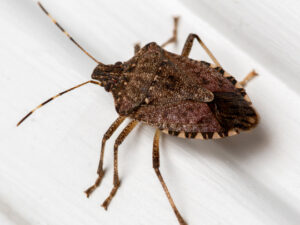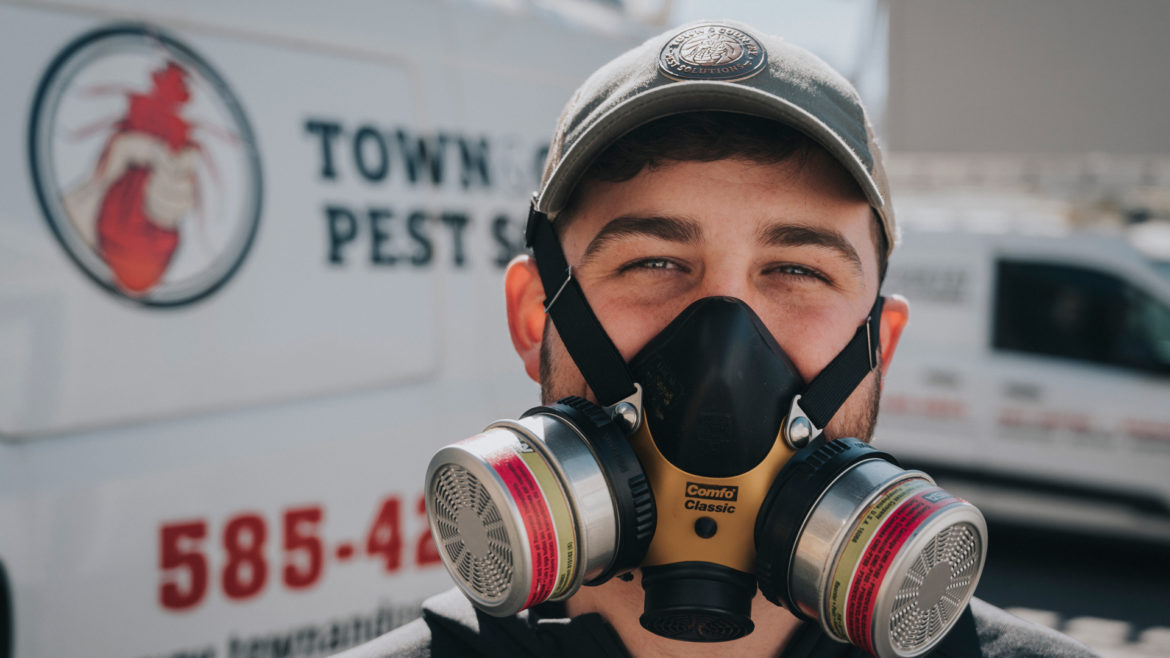
Most of the world’s insects can be found in wet and humid tropical regions, and the minority of insect species that inhabit temperate areas are also highly dependent on moisture to survive. Exposure to dry air will kill most insect species because insects have a thin cuticle that allows their internal fluids to readily evaporate out of their body. As a rule, insect pests will only infest homes as long as they can secure a moist indoor harborage, such as wall voids that contain leaking or sweating pipes, poorly ventilated crawl spaces, basements, cupboards beneath sinks, shower pans, window sills, and around dishwashers. Reproductive female insects, their eggs, and their larval or nymphal offspring are especially reliant on high moisture conditions in order to survive. For some insects, particularly soil-dwelling insects, merely being exposed to the outside air will cause them to rapidly dessicate and die. For example, subterranean termites must remain within moist soil at all times, and they cannot tolerate conditions where the relative humidity is much less than 100 percent. However, many insect pests are well known for frequently infesting attics, which many people believe is the driest area within homes, but this is not necessarily the case.
A number of structural defects can cause the relative humidity in attics to increase dramatically, which invites insect pest problems. Excessive pipe condensation, bathrooms that vent moisture into attics rather than outdoors, and chimney, rainwater and plumbing leaks are some of the most common causes of moisture buildup in attics. Gutters that are clogged, damaged, or completely absent can cause rainwater to leak into attics, and during the winter, ice-dam formation and snow blowing into attics through vents and soffits can result in major water damage. However, soffit vents must remain open and unblocked in order to keep attics ventilated. Installing a wire mesh screen on soffit vents will prevent winged and tree-dwelling insects from gaining access into attics. Having an annual pest inspection conducted by a licensed professional within and around a home is the best way to keep on top of structural defects that can create hospitable conditions for insect pests. The insect pests that most frequently infest attics in New York State include overwintering insects like cluster flies, brown marmorated stink bugs and Asian lady beetles; insects that prefer to dwell in elevated locations like brown-banded cockroaches and firebrats; nest-building insects like wasps and bees; insects that feed on fabrics, paper, insulation and cardboard boxes like clothes moths, dermestid beetles and silverfish; and parasitic insects that dwell in bird nests, most notably bat bugs.
Have you ever encountered insect pest damage to attic insulation?

